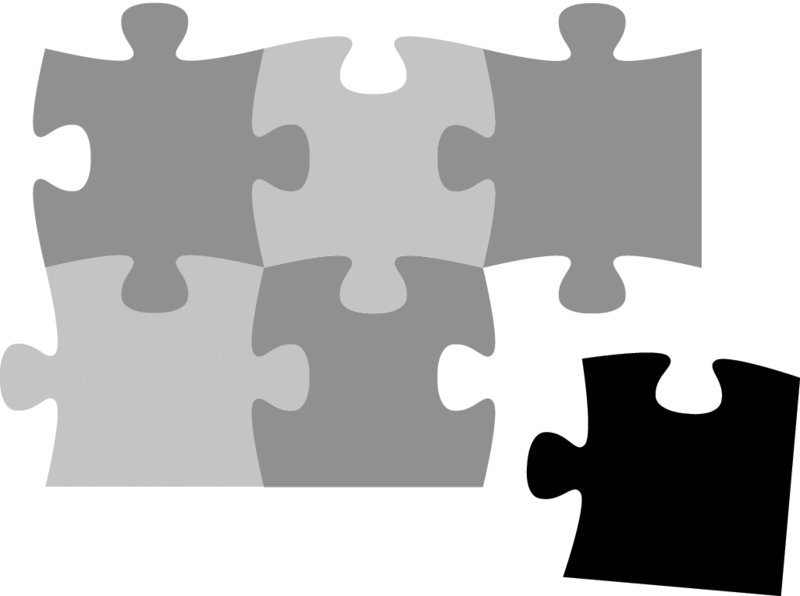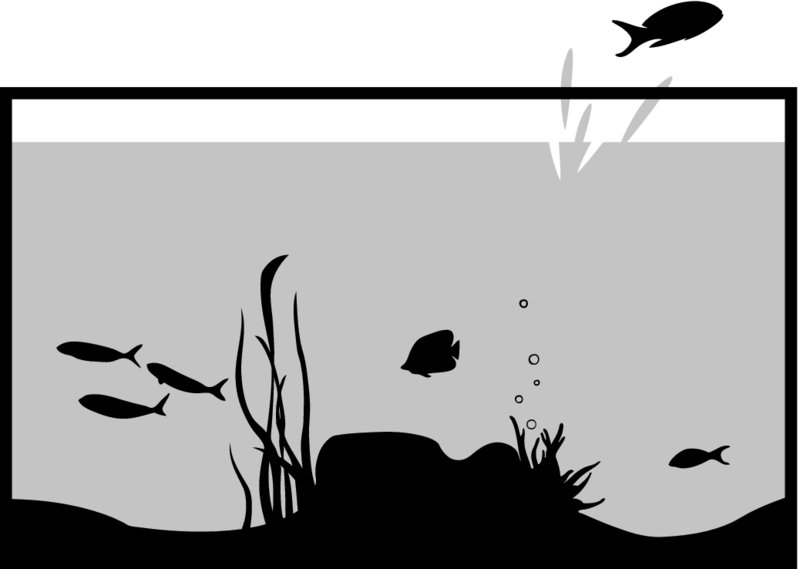INTRODUCTION
Why does it take so long to turn an organization around, only to see people revert right back to pre-existing ways?
Unfortunately, this is an all-too-familiar story, regardless of the type of change being introduced; whether it is a new vision, integrating organizations, transformation and organizational performance, change in ownership structure or internal restructuring. However, it is possible to turn an organization around quickly and to create a new future – one where people think and behave differently and deliver extraordinary results together.
Who should read this?
- This book is written for those who wish to deliver change effectively. Whether you are an aspiring senior executive, a middle manager, board director or chairman; it provides a practical, insightful guide to understanding your organization and inventing something extraordinary.
- It is not about “run of the mill” change programmes. It is about delivering extraordinary results – something that is not at all predictable if results are purely based on past experience.
- We will give you insights into creating significant shifts in the way people think and behave. This guidance can be applied to any area you wish; from improving service levels to cost reduction, innovation or increasing market share. You can also use it for achieving specific objectives, regardless of whether you are a profit or not-for-profit business.
- This book is based on real business case studies, and is written with the aim of being grounded and accessible, rather than purely from theoretical models or processes. We have experienced the business examples shared here first hand through 25 years of implementing and facilitating transformational change with both senior executive and middle management teams.
During these 25 years, we have worked with a multitude of different organizations, including Microsoft, Novartis, Roche, AstraZeneca, PepsiCo, Diageo, Smith and Nephew, Marks and Spencer, Unilever, IBM and Heineken, NHS Hospitals, central and local government and private equity-owned companies such as Talaris and Quintiles.
Inventing something extraordinary for your organization
WHY IS DELIVERING EXTRAORDINARY RESULTS SO DIFFICULT?
If you write down all the things you need to do to successfully transform your organization and achieve superior performance, most lists will include:
- Have a clear vision and strategy.
- Restructure.
- Improve processes.
- Empower people.
- Be creative and take risks.
At one level we wouldn’t disagree with this, but the real issue is the level of thinking that is required.
“The real voyage of discovery consists not in seeking new landscapes but in having new eyes.”
Marcel Proust
It is not about all the activities people do to transform their organizations, it is often our belief that vision, structures, processes and methodologies will in themselves lead to superior performance. However, a recent survey1 by Boston Consulting Group showed that 75% of transformation efforts fail to deliver on their promise.
“75% of transformation efforts fail to deliver on their promise.”
This book addresses the central issue of why they fail and what gets in the way of success.
This missing piece of the jigsaw is our ability to fundamentally change the mindsets, attitudes and behaviours of how the organization works – the context that the organization holds.

The power of context
Let us first explain what we mean by context.
Context is the invisible environment in which we live and work, shaped by a variety of different beliefs and behaviours. To illustrate this, let’s consider the example of this picture of fishes swimming in a fish tank. What do you see?
People tend to see fish, rocks and some plants, but they rarely notice the water itself. Context is like the water in the aquarium; rarely noticed, yet critical to our existence. If the water is toxic, everything dies!
If one of the fish jumped out of the aquarium, we can only imagine what they might see for the first time … the water, and the size and shape of their tank. Yet, when you’re in the “water”, you can feel the frustration, but don’t necessarily have access to means of changing it. This dynamic is essential to understand because the water determines whether the fish are thriving, or at best surviving.
Consider the last time you joined a new company – the organizational context or culture is evident to you … but after a while it disappears into the background and becomes “just the way things are done around here”.

In organizations, people often comment or complain about “what it’s like to work here”, or how easy it is (or isn’t) to get things done. In doing so, what they are actually describing is the context or environment in which work takes place. Often we spend a lot of time creating new processes in an attempt to make things easier. But have you ever noticed how all our best efforts to make improvements usually fail to actually transform the situation?
Like the water in the fish tank, no matter what those fish do, the water still affects them. To put it another way, no matter how much those fish move around, interact and make decisions, they will still always be affected by the water. Context colours everything in an organization. People often refer to this as the organization’s culture.
“Culture eats strategy for breakfast.”
Peter Drucker
As this suggests, if the culture isn’t right, you won’t accomplish your strategy. Context exists at many different levels: global, industry, organizational and individual. It is made up of the collective beliefs and assumptions held at these different levels, and it influences any decisions that are taken.
At a purely individual level, context is a person’s frame of reference. It shapes their views, opinions and judgement – usually without them even being aware of it. Like our fish, unaware of the tank they are in, individuals operate in a wider context.
Consider someone who is accustomed to working for a high-tech start-up being asked to work at the local hospital. This person will probably be used to an environment characterized by comfortably taking their own decisions and creating quick solutions to any problems that arise. They may also be unaccustomed to stringent health and safety procedures.
So, faced with a patient who needs their medication urgently, this person is unlikely to consider the chain of authorization and the required routines in order to administer the medication safely, as this is not the environment they have grown up in. They may therefore decide to act on their own initiative, because their “frame of reference” would be guided by their experience working for a high-tech start-up company, coupled of course with their life outside of work. This is not because of any limits in capability but is more a demonstration of the power of the context of the unwritten tenets of a medical environment.
Context is decisive
So what exactly do we mean by “context is decisive”?
Context shapes an individual’s perceptions. It is the foundation on which people construct their understanding of the world, and when you alter context you automatically alter their subsequent actions.
A change in an individual’s frame of reference leads to different thoughts, actions and behaviours. The wider context determines if these actions and behaviours will be effective. If you wish to change actions and behaviours, a new context may need to be created to enable people to see a new perspective, which can then open up the possibility for transformational change.
Recognizing and understanding both the organizational context and an individual’s frame of reference is a critical step in leading and delivering transformational change.
If you have the ability to shift the context for yourself and for your organization, then you will be able to develop the ability to consistently and predictably deliver extraordinary results for your organization. This is the missing piece of the jigsaw.
Until you can see the underlying assumptions, your ability to consistently change the context is compromised. Like an alcoholic who is in denial and cannot break free from drink, the context uses you until you can break free. It uses you, rather than you being able to influence it and create a new context.
“Until you can see the underlying assumptions, your ability to consistently change the context is compromised.”
Summary
WHAT IS CONTEXT, AND WHY IS IT SO IMPORTANT?
- Context is the foundation on which people construct their understanding of the world.
- To transform an organization, you need to alter the underlying assumptions and invisible premises on which its decisions and actions are based. This is altering the sum of the conclusions that people have reached.
- Context determines everything, no matter how good you are.
- Context shapes perception, and when you alter context, action automatically changes too.
- To deliver extraordinary results, you have to be able to see the limitations of what people can possibly achieve and develop the ability to shift personal context, both for yourself and for the people in your organization.
- Actions and behaviours of people follow the context and frame of reference we hold as individuals and as an organization. The context and frame of reference must shift to influence and create motivation for transformational change.
“The Magnificent Seven”
These are seven context shifts that if you become masterful at managing, will enable you to predictably and consistently produce extraordinary results.
The rest of this book guides you through how to deliberately alter the context for yourself and your organization, introducing and illustrating the seven fundamental shifts that are required. We call these the Magnificent Seven:
- SHIFT 1 Letting go of the past
- SHIFT 2 Developing breakthrough ambition
- SHIFT 3 Creating a bold new vision of the future
- SHIFT 4 Engaging the players in the bold new future
- SHIFT 5 Cutting through the DNA
- SHIFT 6 Keeping the organization future-focused
- SHIFT 7 Gaining energy from setbacks